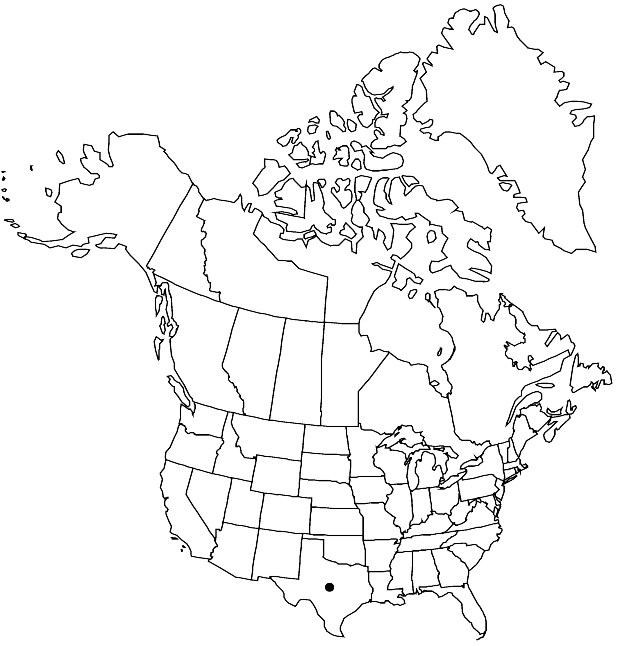Physaria pallida
Novon 12: 326. 2002.
Annuals (winter); with a fine taproot; sparsely pubescent, trichomes (minute), 3-rayed or 4-rayed, rays furcate or, sometimes, trifurcate. Stems few to several from base, erect, (from basal leaf cluster, branched distally, flowering branches slender, subtended by bracts), 3–6 dm. Basal leaves: blade oblanceolate or broadly obovate, to 10 cm, margins usually sinuate-dentate or entire, sometimes lobed. Cauline leaves: (proximal shortly petiolate, distal sessile); blade oblanceolate to narrowly oblong, similar to basal, (distal with base slightly cuneate). Racemes paniculate, (rachises and pedicels more densely pubescent than proximal leaves). Fruiting pedicels (widely divaricate-ascending and straight, or slightly recurved), 10–15 mm, (slender, pubescent). Flowers: sepals elliptic, 3–7 mm, (median pair slightly thickened apically, cucullate); petals (white), broadly ovate, to 12 mm, (narrowing gradually to short claw). Fruits (widely spreading to nearly pendent in age, shortly stipitate), globose or subglobose, not or slightly inflated, 3–10 mm; valves (not retaining seeds after dehiscence), glabrous; replum as wide as or wider than fruit; ovules 8–12 per ovary; style ca. 2 mm, (slender, fragile). Seeds flattened. 2n = 12.
Phenology: Flowering Apr–May.
Habitat: Grassy openings of small glade prairies, outcrops
Elevation: 90 m
Discussion
Of conservation concern.
Physaria pallida is known from the Weches Formation in San Augustine County.
Selected References
None.
Lower Taxa
"not" is not a number. "elongated" is not a number."thick" is not a number."dm" is not declared as a valid unit of measurement for this property.
